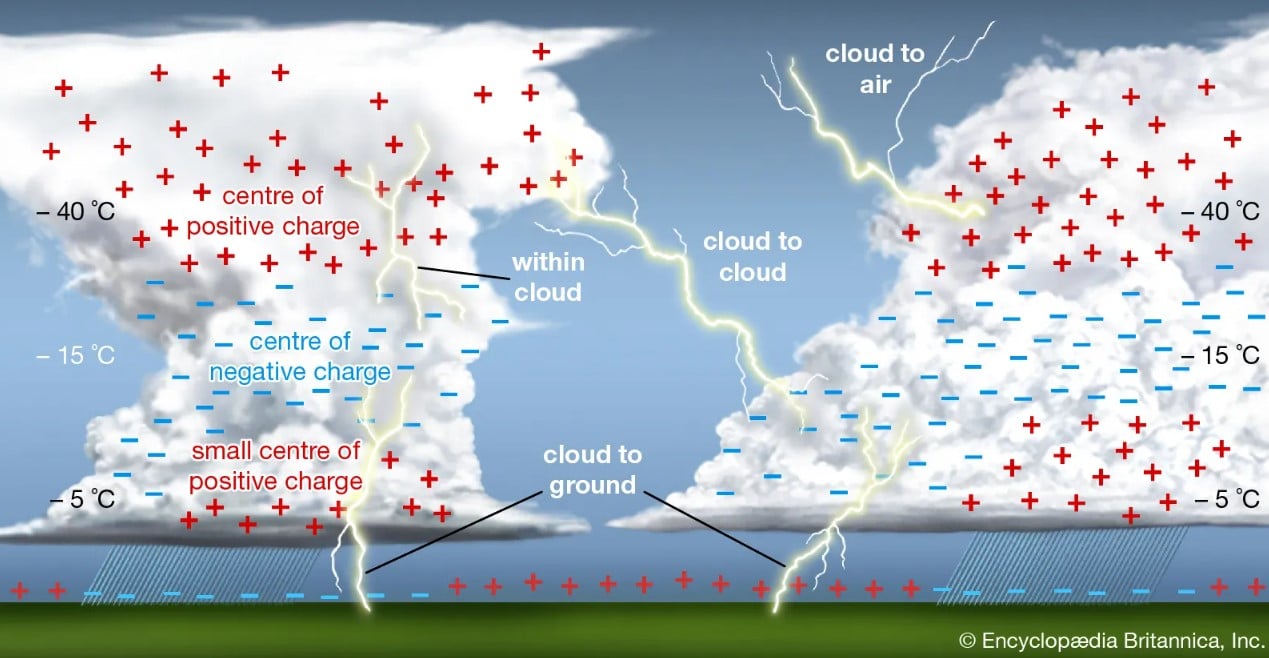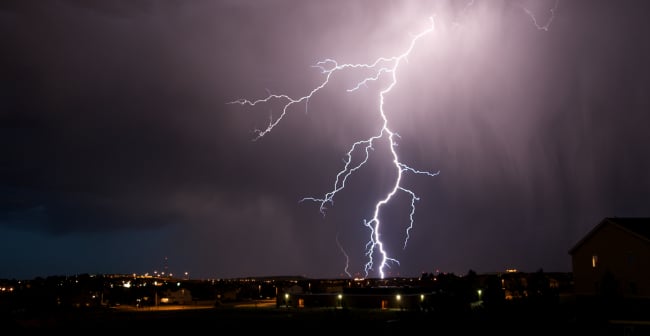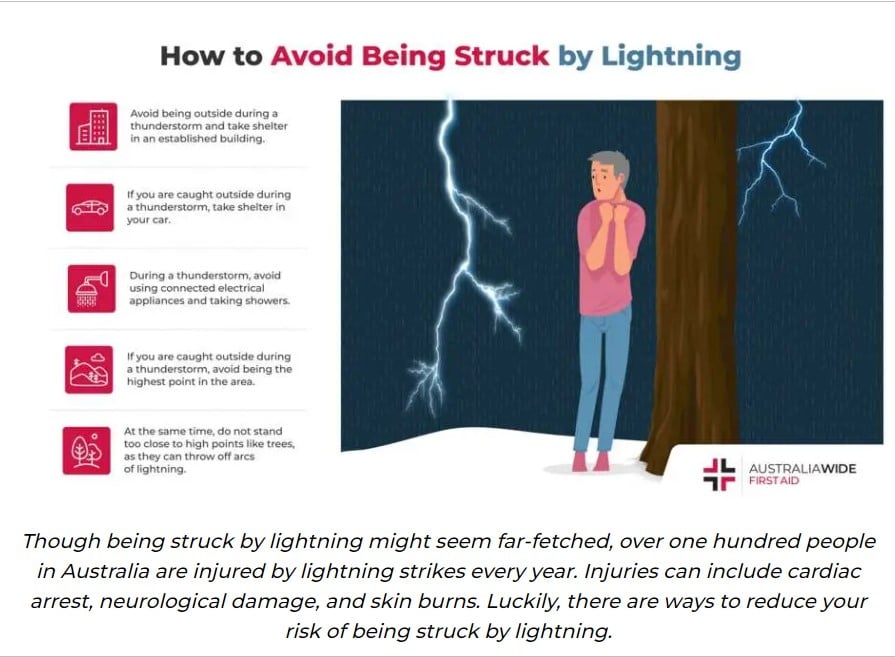Septian Raharja, a footballer in Indonesia, had tragically died after being struck by lightning on 10 February.
The 35-year-old from Football Boots Indonesia (FBI) Subang was playing a friendly match against 2 Flo Football Club Bandung at Siliwangi Stadium in Bandung, West Java when the incident took place.
A video showcasing the incident had been circulating online.
The video showed Septian being struck by the lightning on the open field, causing him to collapse immediately. Another player near his vicinity collapsed from the impact of the lightning as well. Many of his teammates can be seen rushing towards him.
An eyewitness, identified as GJ, was on the opposing team. He revealed that the sky was overcast, and the weather was warm during the game.
GJ further revealed that Septian suffered from severe burns on his legs and a scar on his chest and his clothing was torn.
He was still breathing after the incident at 3:30pm, however, he was tragically pronounced dead at the Sariningsih Hospital which was one kilometre away.
FBI Subang, posted pictures of Septian on their Instagram with a caption including the date of his death and a rose emoji as a form of tribute.

View this post on Instagram
The pictures included Septian playing, as well as pictures of the whole team.
Another team associated with the FBI, from the regency of Magelang, posted a picture of the players having a moment of silence in his honour.
View this post on Instagram
So, what are the risks of a lightning strike?
Understanding Lightning Strikes
TL; DR: Lightning is the result of an imbalance of electrical charges within a cloud.
To simplify, imagine lightning as static charges accumulating in a rain cloud. Positive charges gather in the upper segment of the cloud, negative charges gather in the middle and smaller positive charges forms at the bottom. This imbalance is primarily caused by rain drops.

Air essentially acts as an insulator between positive and negative charges. The insulator eventually breaks down under the strain of the charges, leading to a discharge of electricity known as lightning.
Lightning is hot… extremely hot. According to National Geographic, a flash of lightning can heat the air around it to temperatures that are five times hotter than the sun’s surface! This immense heat causes the surrounding air to expand and vibrate rapidly, creating thunder, aka the sound that wakes you up from your sleep.
Types of Lightning and Their Impact
Lightning often seeks the shortest path to release its charge hence, typically occuring inside a cloud or in between clouds. That’s why, if you look at the previous picture embedded above, there are “cloud to air” and “cloud to cloud” lightnings.
A lightning bolt can contain up to one billion volts of electricity. Hence, the most concerning type of lightning is cloud-to-ground lightning.
A cloud-to-ground lightning bolt occurs when a series of negative charges, known as “stepped leader”, strikes downwards from the bottom of a cloud towards the ground.

When the lightning reaches a positively charged object, it will have a “climbing surge of positive electricity”. This surge of electricity could travel up a tree or, tragically even a human being.
One is more susceptible to a lightning strike in an open area. The current from the lightning would move just over the skin surface while some of the current moves through the body, affecting the cardiovascular or nervous systems. This heat produced would result in skin burns. The effects on the cardiovascular and nervous systems, poses the most threat. Unfortunately, it resulted in Septian passing on.
The Prevalence of Lightning in Singapore
Singapore, known for its high frequency of thunderstorms, experiences an average of 167 to 186 thunderstorms and 176 lightning days annually. This makes it one of the most lightning-prone countries globally.
This is attributed to Singapore’s equatorial location. The tropical climate with high temperatures and humidity throughout the year makes this an ideal condition for thunderstorms to occur.
Thunderstorms typically take place during the inter-monsoon months, such as April, May and November and usually occurs between 2:00pm – 6:00pm. Thunderstorms and lightning activity are at its lowest in January and February.
In Singapore, there is a high lightning death rate of 1.7 per million population followed by 1.5 in South Africa, 0.6 in the United States and 0.2 in United Kingdom
Given the high risk of lightning in Singapore, it’s crucial to stay vigilant and adopt safety measures.
In sports stadiums, devices are fitted to the top of flight light towers and lightning alerts are placed. Similarly, public pools are equipped with lightning rods and lightning alert devices, in efforts to mitigate risk.

If you’ve served in the army, you will know that this is why there is a Cat 1 status. For those who have not been troubled by SAF duties (me included), Cat 1 status is essentially when outdoor training continues while it rains but ceases if there is a lightning risks.
Actions to Take when Faced with Lightning Risk
These are the actions you can take to ensure safety during thunderstorms.
If you happen to be outdoors, your best bet of safety is seeking shelter in a building or your car. Avoid standing in open areas and stay away from trees, or other tall objects such as towers or poles, as it would increase your risk of lightning strike. Do not stand near fences, pipes or rails and avoid holding metal objects (metal is a good conductor of electricity and heat).

If you are indoors, you can avoid a lightning strike by simply staying indoors. Avoid taking a shower and minimise your use of electrical appliances. Another rule of safety is to wait at least 30 minutes after the last thunder before heading out.




